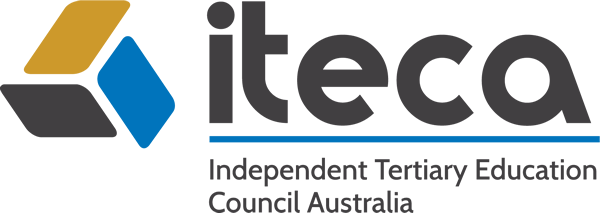Our real-world training is designed to create sector leaders
With over 18 years’ experience educating over 35,000 students, our nationally recognised child care courses and aged care courses give learners the knowledge and practical skills needed to fulfil their career objectives.
Variety of delivery modes
Study online, in the workplace, by traineeship or by virtual classroom. Whichever you choose, you will be supported every step of the way.
Read MoreFunding and payment plans
Government funding available for eligible applicants and payment options such as Catalyst Plus loans and VET Student Loans.
Read MoreOne-on-one trainer support
Your dedicated trainer will guide and mentor you throughout every step of your learning journey, including while on placement.
Read MorePractical placement
We can help organise your practical placement via our workplace connections so you can become job-ready.
Read MoreMost Popular Courses
This qualification covers the fundamentals of early childhood development, education and care and is the entry level qualification for anyone who wants to work in the early childhood education sector.
Gain the skills and knowledge to become a lead educator in the delivery of early childhood education programs for children in centre-based and family day cares.
This is the entry level qualification for those who want to work in aged care. Gain the skills and knowledge you require to start a career in rewarding aged care sector.








